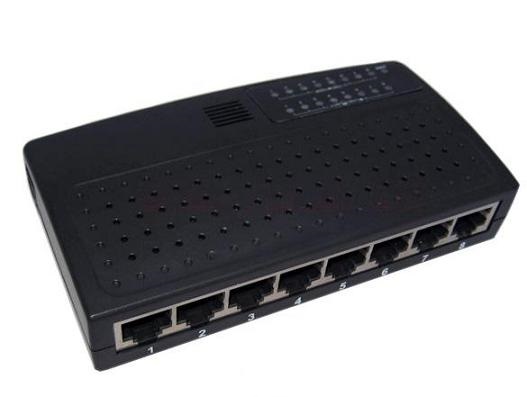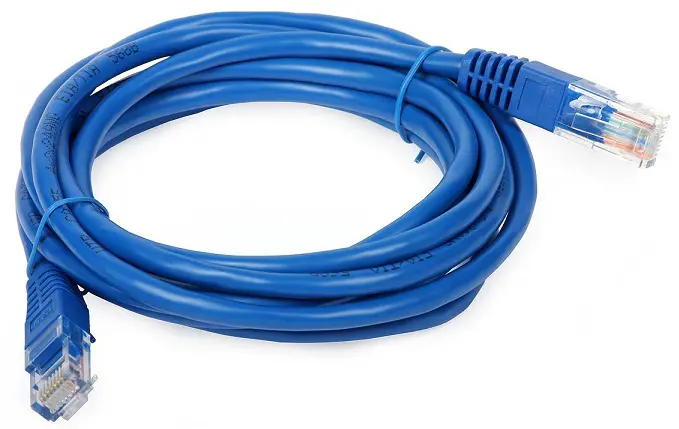What is a network hub, Function of a network Hub
Hubs were used for connecting different network devices in a Local Area Network (LAN) long back, but network switches had replaced hubs. These days it is very difficult to spot a Network Hub functioning in a live Local Area Network (LAN). Hubs function as the central connection point for Local Area Network (LAN). In Ethernet networks, hubs were designed to work using twisted pair cables and use RJ45 jack to connect different network devices. Network devices (Servers, Workstations, Printers, Scanners etc) are attached to the hub by individual network cables. Hubs were available in different shapes and different numbers of ports.
When a hub receives a packet of data (an Ethernet frame) at one of its ports from a network device, it transmits (repeats) the packet to all of its ports to all of the other network devices. If two network devices on the same network try to send packets at the same time, a collision is said to occur.
Hubs are considered to operate at Physical Layer (Layer 1) of OSI model. An 8 port hub is shown below.

Following image shows copper twisted pair cable with RJ45 jack attached.
